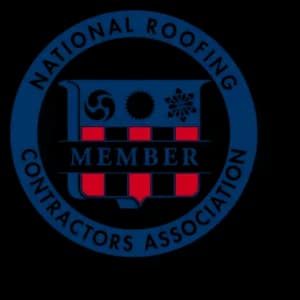How to Find a Roof Leak in Sarasota
If you’ve never had a roof leak, you may not know how challenging it can be to find the source. It’s not as simple as spotting stains—water travels. A stain on your ceiling might be caused by something as simple as a missing shingle, or something more complex like a misplaced nail at a higher point on your roof. To find a leak, you have to think like water.
How Water “Thinks”
Water follows the path of least resistance toward the center of the Earth. If it can’t move straight down, it flows sideways—or even upward—until it finds a path. It will rot, rust, or move any surface it contacts. This explains how even a tiny opening can lead to massive damage over time.
You’ve seen the long-term effects of water in nature—how a slow drip can wear down stone. The same principle applies to your roof. If water gets past the waterproof barrier, it will compromise structural materials long before the roofing material itself wears out.
Take the first step
Schedule a fast, no-pressure visit. Since 1987 we’ve got you covered.
Get startedMold, rot, and structural decay are just a few of the risks associated with undetected moisture intrusion.
Find Water’s Path to Locate the Roof Leak
Start in the attic. Use a flashlight and search for signs of water during or just after a rain. Wet insulation, water trails along rafters, or visible wetness on sheathing all indicate leaks. Can’t wait for rain? Have someone run a garden hose over the roof while you look inside.
Check for cracked, missing, or curled shingles. Even wildlife, falling tree branches, or Florida storms can damage your roof. Minor repairs now can prevent major replacements later.
If the shingles appear intact, inspect areas with roof penetrations like vents and flashing. Improperly sealed flashing or rusty nails can cause moisture intrusion even if the roof looks perfect from the outside.
What to Do When You Find the Leak
Once you’ve found the leak source, contact a qualified Sarasota roofing contractor. A pro can confirm the source and inspect the full roof for other potential issues. If you’ve skipped maintenance, more than one leak source could be present.
Roof leaks can shorten your roof’s life, and waiting only makes things worse. Even a small, slow drip can destroy wood, drywall, insulation, and more. Routine inspections help catch small problems early—before they grow into costly repairs.
Annual Inspections Save Money
Properly maintaining your roof through annual inspections can dramatically extend its lifespan. At SonShine Roofing, we recommend our Roof Care Club, which includes yearly inspections, documentation for insurance, and priority service to protect your home year-round.
Want to know what roof leaks look like before they become obvious? Check out our guide to the 9 Warning Signs of Roof Leaks.















